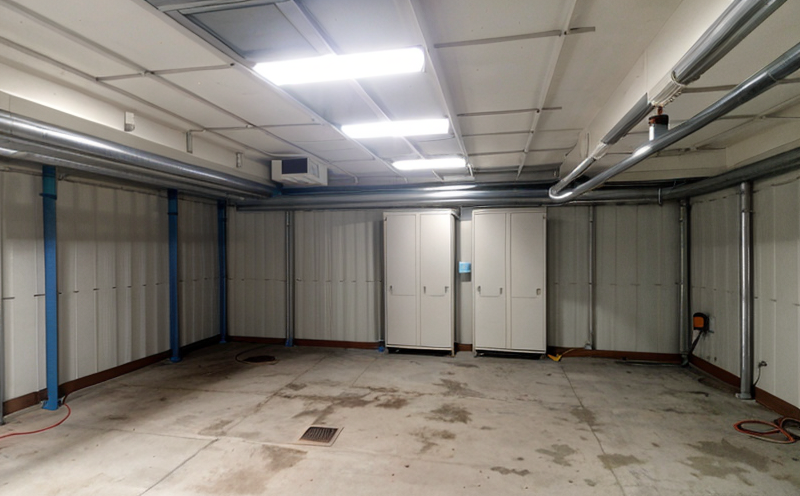First Heading
The air handling unit (AHU) is a crucial component in HVAC and ventilation systems. It plays a pivotal role in maintaining indoor air quality, ensuring energy efficiency, and providing comfort for building occupants. Regular inspection of AHUs is essential to ensure that they continue to operate efficiently and safely over their service life. This article delves into the nuances of conducting an air handling unit inspection, detailing its importance, methodology, benefits, and environmental contributions.
During a typical AHU inspection, professionals carefully examine various critical components such as fans, filters, dampers, coils, and air flow systems to ensure they are functioning optimally. These inspections often follow international standards like ASHRAE (American Society of Heating, Refrigerating and Air-Conditioning Engineers) guidelines. Compliance with these standards ensures that the AHU is not only efficient but also safe for use in various environments.
The inspection process typically starts by reviewing the system's maintenance history to identify any past issues or areas needing attention. This step helps tailor the inspection to meet specific needs and ensure comprehensive coverage. Following this review, field technicians perform a thorough examination of all key components using specialized tools such as thermometers, pressure gauges, and visual inspection equipment.
During an AHU inspection, it is also common practice to measure airflow rates through various ducts and check for leaks or blockages that could reduce efficiency. Filters are closely inspected for dirt build-up which can impede airflow and reduce the system's performance over time. The condition of condensate pans and drain traps is evaluated to prevent potential mold growth or water damage within the building.
The final stage involves checking electrical connections, ensuring they meet safety standards, and verifying that all controls are functioning correctly. By adhering strictly to these protocols, inspectors can identify any issues early on before they escalate into more serious problems requiring costly repairs or replacements.
Scope and Methodology
| Aspect | Description |
|---|---|
| Initial Assessment | Evaluation of maintenance records and system performance data. |
| Component Inspection | In-depth examination of fans, filters, dampers, coils, and air flow systems. |
| Data Collection | Measurement of airflow rates, temperature readings, pressure levels. |
| Safety Check | Voltage testing on electrical components to ensure compliance with safety standards. |
The inspection process adheres strictly to recognized industry best practices outlined in ASHRAE and other relevant standards. This ensures consistency across all inspections, thereby enhancing reliability and accuracy of results. Each step is meticulously documented, providing a comprehensive record for future reference.
Why Choose This Test
- Ensure Compliance: Stay ahead of regulatory requirements by ensuring your AHU meets all necessary standards.
- Prolong System Lifespan: Early detection and rectification of issues can extend the service life of your HVAC system significantly.
- Enhance Efficiency: Identify areas where energy consumption can be reduced, leading to cost savings over time.
An air handling unit inspection serves as a proactive approach towards maintaining optimal indoor air quality while minimizing operational costs. By addressing minor issues promptly through regular checks, you prevent them from developing into major problems that would require extensive downtime and repair expenses.
Environmental and Sustainability Contributions
- Sustainable Operations: Efficient AHUs contribute to reduced carbon footprints by minimizing energy consumption during operation.
- Material Reduction: Regular cleaning and replacement of filters help reduce waste generation associated with HVAC systems.
The importance of sustainable practices cannot be overstated in today’s world. By choosing to invest in regular AHU inspections, organizations demonstrate their commitment to environmental stewardship. This not only benefits the immediate environment but also contributes positively to global efforts towards sustainability goals.





